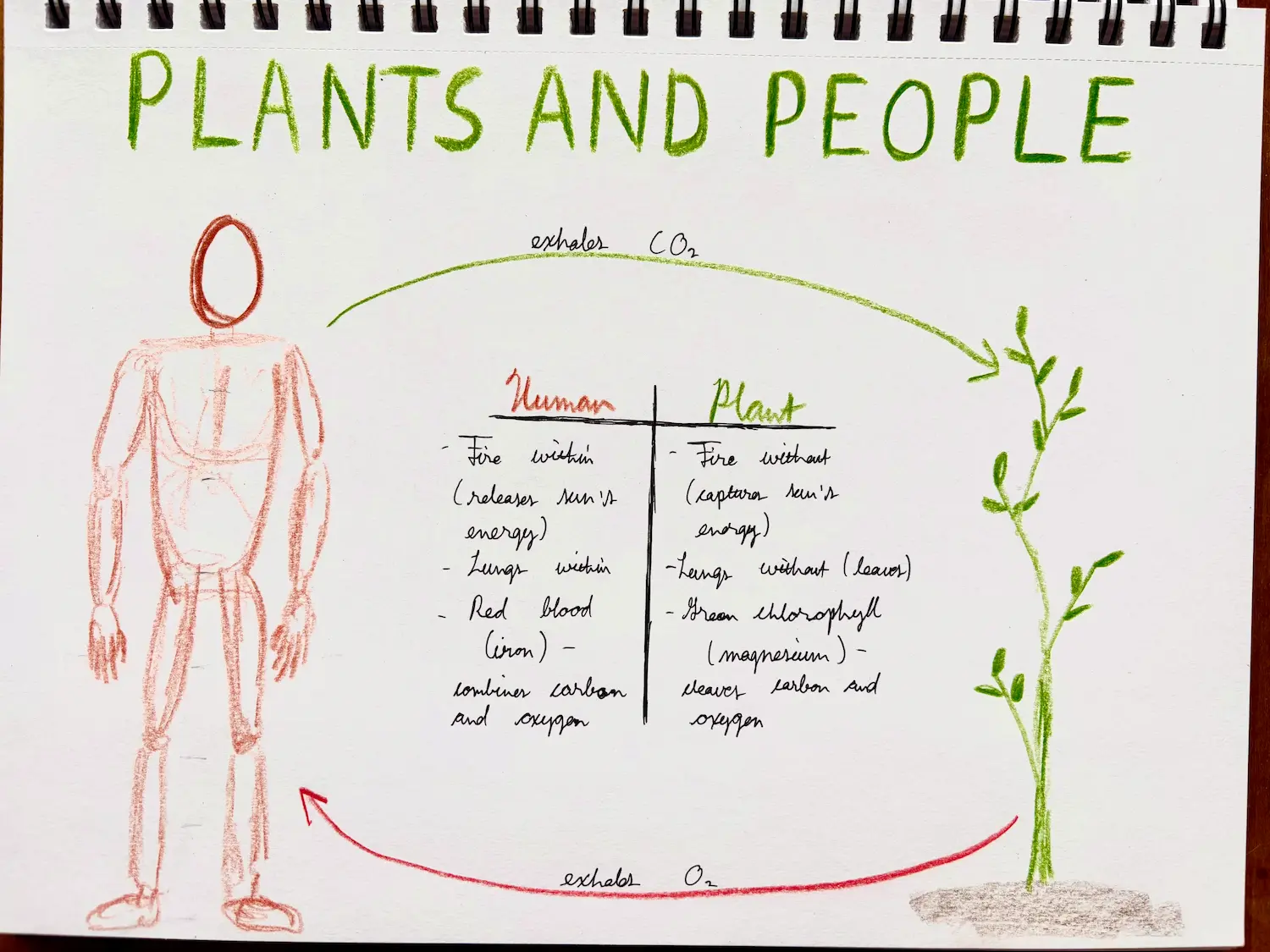We’ve all heard of it: Waldorf Education. Some of us have even experienced it. Many more are curious but don’t know where to begin. It often sounds overwhelming, and Waldorf teachers can seem like wizards, composing lessons like symphonies. Yet, the question, “What is Waldorf homeschooling?” need not have a complex answer. Let’s break it down.
Waldorf Homeschooling 101: Keep It Simple, Keep it Playful
Nelly Torba is the mother of two of my students. She also mothers three more children for a total of five. Nelly homeschools them all with skill and grace. How do I know? Because her children are healthy. That’s the number one measure of how well you’re doing. (Nelly coaches other homeschooling parents through her Instagram @withnellyanna and Facebook pages.)
One of Nelly’s main messages is to keep it simple. Less is more. As Waldorf homeschooling parents and teachers, we often want to hit it out of the park. That’s natural for high performance people who choose such a path of intention as Waldorf homeschooling. Yet, the Simplicity Parenting approach of Kim John Payne says it all. Children don’t need more play dates, sports activities, lessons, etc. to be happy and thrive. They need more play. Always. I’m not saying don’t do any of those things. I’m saying watch your child’s and your own stress level. Keep it simple. Keep it playful.
When I first began teaching at Asheville Waldorf School, I saw the power of play firsthand. Oftentimes, I saw a playful impulse emerging during a lesson and chose to scrap my lesson plan to follow it. Those were golden moments, and the truth is that humans learn when we play. It is the most powerful basis for mastery. If you don’t believe that, just read the biographies of Derek Jeter and Mariano Rivera. So, keep it simple, keep it playful, and you can’t go wrong. “Man only plays when in the full meaning of the word he is a man, and he is only completely a man when he plays.” -Friedrich Schiller
Grow Your Instinct for Child Development
In a sentence, “Waldorf Education is an education based on the developing child.” That’s it. It’s that straightforward. However, how that works takes some study. If you want to do this well, study child development, especially from the lectures of Rudolf Steiner. The Education of the Child in the Light of Anthroposophy is a good place to start.
Here’s the thing, if you want to do this well it’s not about following a formula. It’s about developing an instinct. A first grader need to be spoken to and taught differently than a 4th grader and a 7th grader because their consciousness is different. One way to develop your pedagogical instinct is to remember how big and dreamy the world was as a first grader, how the opposite sex started having cooties around 4th grade, and how little you wanted your parents advice in 7th grade. (Personal variations notwithstanding, but you get the drift).
Once you start getting a handle on the stages of child development, you will inwardly start to understand why certain things are taught at certain ages and not at others. The Waldorf curriculum will come alive for you. Here are some resources to help you:
- Steiner’s The Child’s Changing Consciousness
- Many of Steiner’s lectures can be listened to freely on Rudolf Steiner Audio
- Here’s a gem of good curriculum ideas: Waldorf Teacher Resources
- The Soul of Discipline by Kim John Payne
Art is the Language of the Heart
Remember that point above about play being so important? Art is, above all, king in that domain. If you do nothing else in your pursuit of Waldorf homeschooling, do more art. A few years after the Waldorf School was first established in 1919, someone asked Steiner what he would change. “More art,” he said.
Art is broad. Sure, there’s drawing, painting, and sculpture. There’s also music, artistic speech formation, theater, creative writing, poetry. There’s woodwork and blacksmithing. That’s all important, but it’s also more than that. It’s about how we teach. The world becomes more digestible when it’s rendered and taught artistically. For example, I could teach physiology from a textbook. Or, I could talk about how chlorophyll is green and blood is red and how they perform the exact opposite functions with oxygen and carbon dioxide which mutually sustain one another. The iron in blood and magnesium in chlorophyll exist in symbiotic relationship. Is it any wonder that they also happen to be complementary colors, as if some greater intelligence designed it that way, artistically?
That blows my mind, every time, and the truth is that when we present the world facts artistically through images, metaphors, stories, etc. it conveys truth in a way the heart can understand. The mind divides the world so we can understand it; the heart reunifies it so it lives in us. If you want to do Waldorf homeschooling, do more art. I’m not saying don’t do math practice sheets or hard-nosed experiments. Do those, too! AND, do more art.
How We Can Help Your Waldorf Homeschooling Journey
We’ve create courses here at Enkindle Academy
Enkindle Academy is an online platform for homeschool students, parents, and teachers. We offer Waldorf-based homeschool enrichment through prerecorded and live classes. The prerecorded classes can be done independently by students. They also serve as templates for current homeschoolers and teachers seeking inspiration on how to teach a certain block or subject. Enkindle Academy also offers extracurricular live courses in Teen Empowerment, Fine Arts, Creative Writing, Songwriting, in addition to personal coaching/tutoring for students and parents in academics, general life and parent coaching, and fine arts.
Check out our grades pages for more info:
Also be sure to check out Nelly’s material as I mentioned above. She’s a wonderfully hardworking and sincere support for parents serious about this journey.


Leave a Reply
You must be logged in to post a comment.